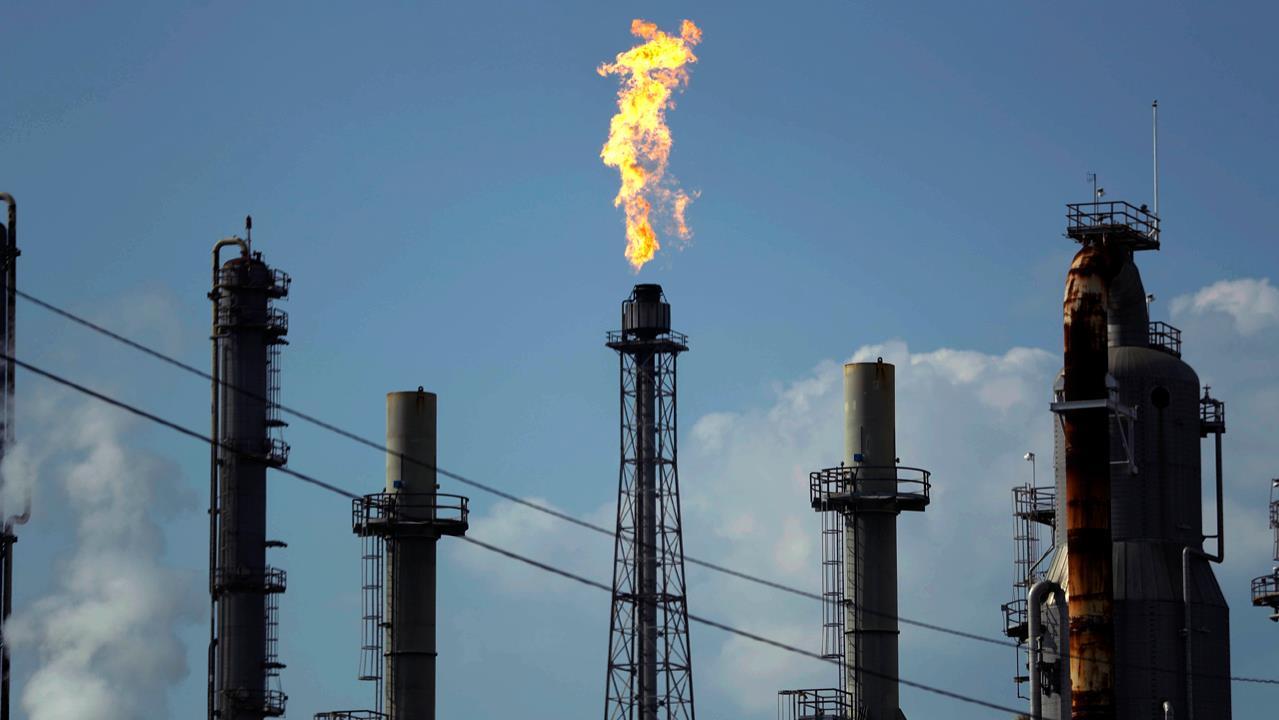Chevron woos investors with pledge of higher returns from shale
NEW YORK (Reuters) - U.S. oil major Chevron Corp on Tuesday pledged to restrain spending and return more cash to shareholders in a bid to lure investors, while forecasting strong annual production gains over the next five years.
Oil companies are trying to win back investors after years of underperforming other industrial sectors and the S&P 500. The weighting of energy shares in the S&P 500 index fell to 6 percent in 2018, from 8.4 percent four years earlier.
Chevron on Tuesday at its annual meeting with equity analysts said it expects production to rise 3 percent to 4 percent annually through 2023, boosted by strong performance in the top U.S. shale field, the Permian Basin.
Like its bigger rival, Exxon Mobil Corp, Chevron has begun to emphasize achieving faster payoffs from investments in shale rather than the megaprojects of the past. Chevron, though, has operated in the Permian for decades.
"Our position in the Permian Basin just continues to get better," said Chief Executive Mike Wirth at the analyst meeting.
The stakes are such that Exxon on Tuesday forecast shale production of 1 million barrels per day in the Permian as early as 2024, grabbing the spotlight on the day Chevron was making a case in its oil growth.
"Our investors don't need to wait several years for the story to come together," Wirth said in an apparent dig at Exxon which faces near-term hurdles to its production goals. "We’re delivering now."
Chevron executives said the company would return more cash to investors this year through dividends and $4 billion in share buybacks aiming to achieve a 6 percent shareholder return.
CLICK HERE TO GET THE FOX BUSINESS APP
The company continues to focus on short-cycle projects like shale, said Biraj Borkhataria of RBC Europe Limited.
"The key driver of cash flow growth over the medium term remains the Permian, which continues to perform ahead of expectations," he said.
The company expects shale production from the basin to reach 600,000 barrels per day (bpd) by the end of next year, 59 percent above current production, and 900,000 bpd by the end of 2023.
Chevron’s Permian production at the end of 2018, some 377,000 barrels per day, was an 84 percent increase over a year earlier.
The company raised its estimate of its reserves in the Permian, in Texas and New Mexico, to 16.2 billion barrels of recoverable resources from 9 billion.
The San Ramon, California-based company expects to sell assets worth $5 billion to $10 billion between 2018 and 2020, including production assets in Denmark, Azerbaijan and Britain's North Sea.
The company's annual capital expenditure is expected to be in the range of $19 billion to $22 billion between 2021 and 2023.
Chevron expects to spend $3.6 billion in the Permian Basin and another $1.6 billion in other shale fields. Chevron’s other shale holdings include the Marcellus in the Northeastern U.S., the Duvernay in Alberta, Canada and the Vaca Muerta in Argentina.
(Reporting by John Benny in Bengaluru and Jennifer Hiller in New York; Editing by Shinjini Ganguli and Bernadette Baum)
